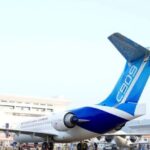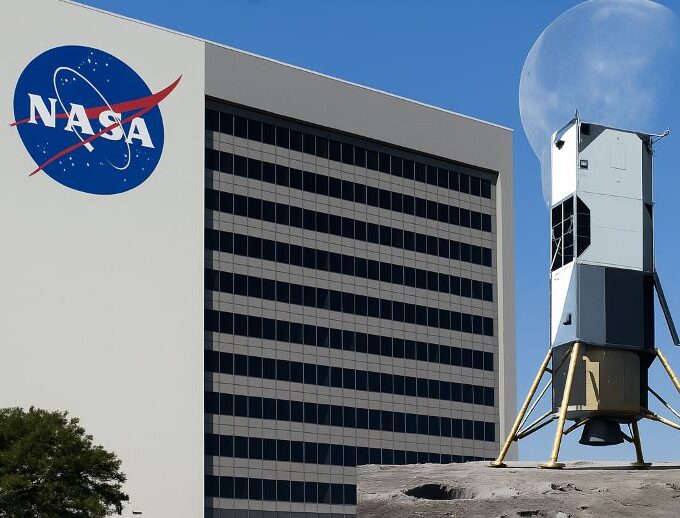Two NASA astronauts have been left indefinitely on the International Space Station.
NASA astronauts Butch Wilmore and Sunny Williams, who were in orbit on a Boeing Starliner, were scheduled to return to Earth on June 13 after a week on the space station, but their stay has been extended for a third time due to ongoing problems with the Starliner. NASA previously said the astronauts would return to Earth as early as June 26, but so far ground teams are still assessing the status of the spacecraft.
Boeing has been heavily criticized for the “forced detention” incident, but this is just one example of the many problems with its airships.
Most of the problems are only partially solved
After years of delays, Boeing’s Starliner was successfully launched from Cape Canaveral Air Force Station in Florida on June 5 at 10:52 a.m. EST, launching the first manned flight. But during the 25-hour flight, engineers discovered several helium leaks in the spacecraft’s propulsion system.
In order to give engineers time to troubleshoot the problem, NASA announced that it was postponing the “dangerous” return mission and extending the crew’s stay on the station.
At a press conference on the 18th, Boeing’s Starliner program manager Mark Nappi said in general terms that they recognized that the helium system wasn’t working as designed, but that the situation was “manageable” and that they just had to figure out why it was “not working”. “It’s not working.”
In other words, only a small portion of most of the problems have been solved so far, while the exact causes are still unknown.
The trouble doesn’t stop there.
This is just the latest problem in a series of setbacks and troubles for Boeing airships.
The Starliner is part of NASA’s commercial human spaceflight program, from which SpaceX’s Dragon spacecraft is also derived. “The Starliner has long been hoped to work alongside the Dragon to deliver people to the International Space Station.
The Dragon has made 12 manned flights since it began operations in 2020. The Starliner, on the other hand, has had its share of ups and downs.
The Starliner program ran up cost overruns of about $1.5 billion, far exceeding its original $4.5 billion contract with NASA. Its first unmanned test flight, in 2019, failed due to a software glitch that caused it to enter the wrong orbit. In the aftermath, Boeing was required to implement more than 60 “corrective actions.”
Since then and up to this launch, failures and delays of unmanned and manned test flights have been almost “normalized” and Boeing has been doing a lot of fixing and testing.
According to CBS, NASA and Boeing were aware of the Starliner leak before the launch, but assessed the problem and concluded that the launch could go ahead because “it was not small enough to pose a threat”. However, a number of malfunctions combined to extend the short mission, which was originally planned to last only a week.

The astronaut’s return date is unknown.
The Starliner remains docked in the Harmony node of the International Space Station, where NASA and Boeing engineers are evaluating critical hardware issues on board, including five helium leaks in the pressurization system of the spacecraft’s propulsion system and five thruster failures in the reaction control system.
On June 21, owing to engineering technical problems, NASA and Boeing announced that they were no longer planning a return date. They stated that there were plenty of supplies on the space station, so there was no need to urgently bring the two astronauts back to Earth.
But with a docking window of only 45 days between the Starliner and the International Space Station, the window for a safe return is shrinking.
NASA Commercial Crew Program Manager Steve Stich said in a statement, “We’re taking our time.” Despite the problems, they still have confidence in the Starliner. After all, Stich said, the spacecraft performed quite well when it docked at the space station.












